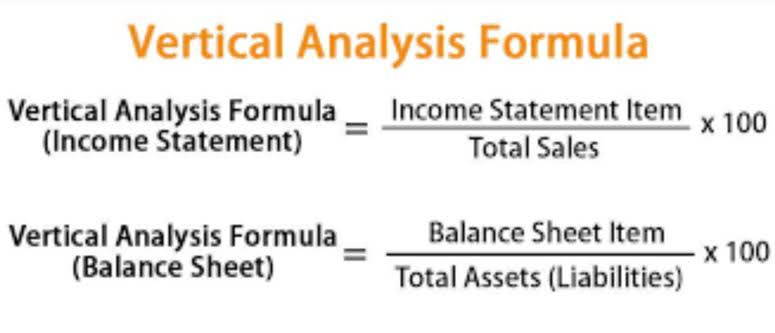The accounting equation is balanced, as
shown on the balance sheet, because total assets equal $29,965 as
do the total liabilities and stockholders’ equity. adjusted trial balance example In the Printing Plus case, the credit side is the higher figure at $10,240. This means revenues exceed expenses, thus giving the company a net income.
When you prepare a balance sheet, you must first have the most
updated retained earnings balance. To get that balance, you take
the beginning retained earnings balance + net income – dividends. If you look at the worksheet for Printing Plus, you will notice
there is no retained earnings account. That is because they just
started business this month and have no beginning retained earnings
balance. The trial balance information for Printing Plus is shown
previously. If we go back and look at the trial balance for Printing
Plus, we see that the trial balance shows debits and credits equal
to $34,000.
Understanding The Adjusted Trial Balance
To get
the $10,100 credit balance in the adjusted trial balance column
requires adding together both credits in the trial balance and
adjustment columns (9,500 + 600). Once all accounts have balances in the adjusted trial
balance columns, add the debits and credits to make sure they are
equal. If
you check the adjusted trial balance for Printing Plus, you will
see the same equal balance is present. While the definition of the document is relatively straightforward, you’re probably thinking – what is the purpose of the adjusted trial balance?
You can add the balances of all your debits for each account to complete your unadjusted trial balance. You should have a balanced financial account if your debits and credits are equal. For instance, if you spend $3,000 on credit, you should have $3,000 in assets. If your accounts don’t balance, search for areas where you may have only logged an entry once and make the necessary corrections. An adjusted trial balance sheet is used to keep track of your company’s activities during a single accounting period. You may accomplish this by taking your account balances and removing information about transactions that occurred outside of the accounting period.
Example of an adjusted trial balance
The adjusted trial balance is completed to ensure that the period ending financial statements will be accurate and in balance. In addition, an adjusted trial balance is used to prepare closing entries. Looking at the income statement columns, we see that all revenue
and expense accounts are listed in either the debit or credit
column. This is a reminder that the income statement itself does
not organize information into debits and credits, but we do use
this presentation on a 10-column worksheet. In this case we added a debit of $4,665 to the income statement column.
The $4000 credit (liability has a normal balance of credit) is subtracted from the $4000 debit to get a final balance of $0 (credit). You will notice there is already a credit balance in this account from other revenue transactions during the month. The $4000 is added to the previous $5500 balance in the account to get a new final credit balance of $9500. The report also totals the debit and credit columns at the bottom. As with all financial accounting, the debits must equal the credits.




Write a comment
Your email address will not be published. All fields are required